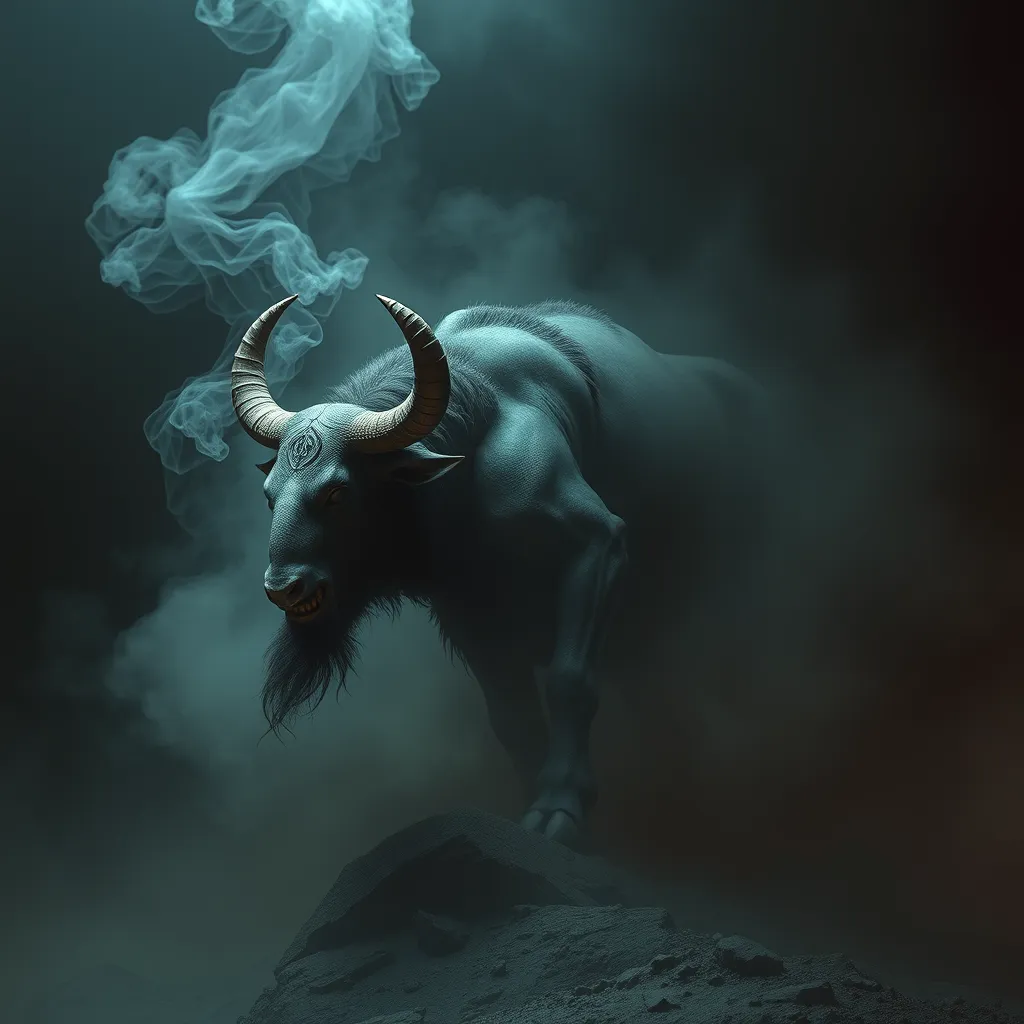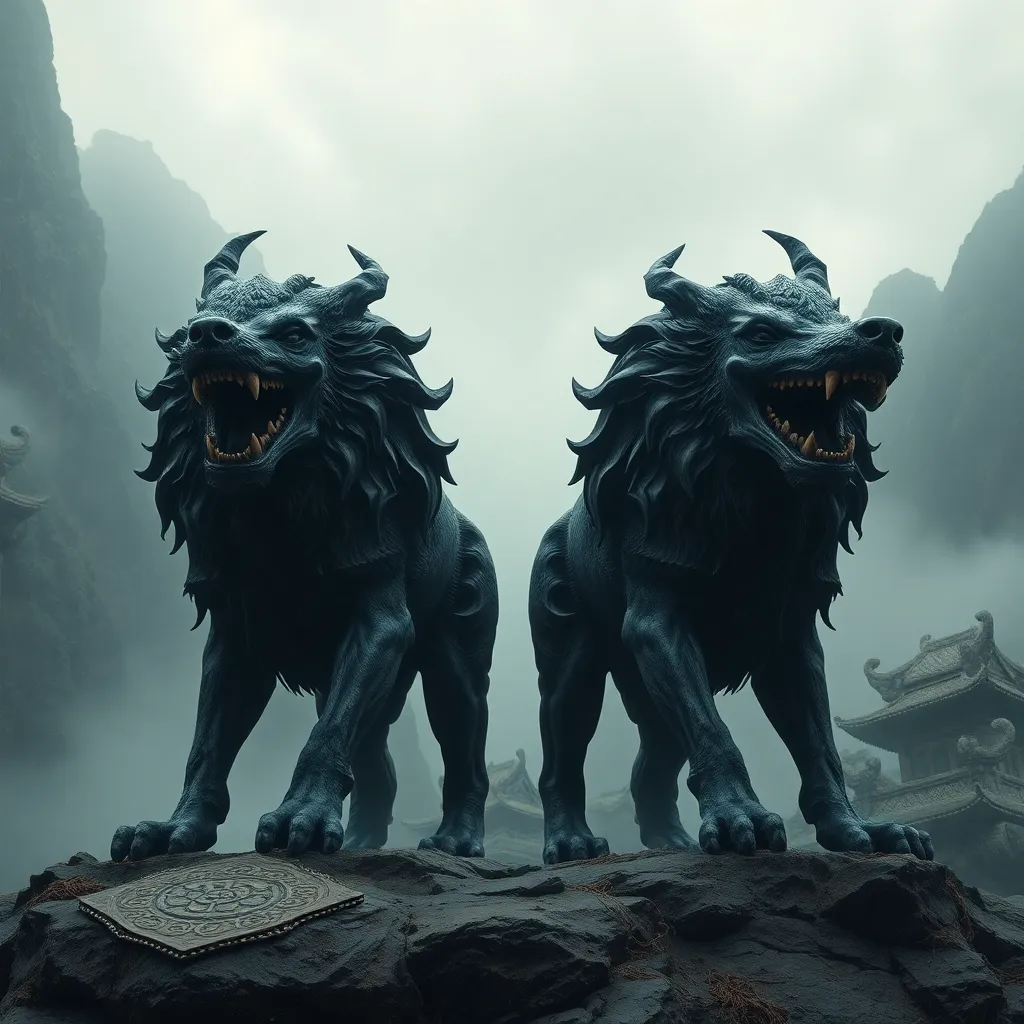The Minotaur’s Redemption: Exploring the Possibility of the Monster’s Transformation
I. Introduction
The Minotaur, a creature of Greek mythology, has long captivated the imaginations of audiences with its complex narrative and tragic fate. Born from the forbidden union of Pasiphaë and a bull, the Minotaur embodies the intersection of human desire and monstrous form. This myth not only illustrates the nature of monstrosity but also invites deeper reflections on themes of redemption and transformation. Through this article, we will explore these themes and consider the Minotaur not merely as a monster but as a figure capable of change and growth.
II. The Origins of the Minotaur: A Tragic Tale
The tale of the Minotaur begins with Pasiphaë, the wife of King Minos of Crete, who was cursed to fall in love with a magnificent bull. Her union with this beast resulted in the birth of the Minotaur, a creature with the body of a man and the head of a bull. This tragic origin story serves as a poignant metaphor for the consequences of human actions, particularly the destructive nature of desire and the chaos it can unleash.
Symbolically, the Minotaur represents a culmination of human failings. Its imprisonment in the Labyrinth, designed by Daedalus, reflects the isolation and confinement that can arise from societal rejection. The Minotaur, a creature born of love gone awry, becomes a prisoner of both circumstance and human judgment, trapped in a maze that mirrors its own fragmented identity.
III. Understanding the Minotaur: A Monster or a Victim?
To understand the Minotaur’s plight, we must consider its perspective. Is the Minotaur truly a monster, or is it a victim of its circumstances? Abandoned and isolated, the Minotaur experiences profound loneliness and despair. This emotional depth complicates the traditional view of monstrosity and invites us to empathize with its struggle for identity.
- Impact of Isolation: The Minotaur’s isolation in the Labyrinth serves as a metaphor for the psychological effects of abandonment. It raises questions about how society shapes our identities and perceptions of self.
- Comparative Analysis: Other literary monsters, such as Frankenstein’s creature or the Beast from Beauty and the Beast, similarly grapple with themes of acceptance and the search for belonging. Each character reflects the complexities of being perceived as ‘other’.
IV. Themes of Redemption in Mythology
Redemption is a powerful theme in mythology, often intertwined with sacrifice and forgiveness. The Minotaur’s story, while tragic, can also be interpreted through the lens of redemption. Historical examples abound, from the redemption arcs of figures like Odysseus to the transformative journeys of heroes returning from the underworld.
In the Minotaur’s narrative, the potential for redemption lies in the possibility of understanding and acceptance. The creature’s eventual death at the hands of Theseus can be viewed not just as an end, but as a moment that symbolizes the need for sacrifice in the pursuit of peace. Thus, the Minotaur can represent hope and the transformative power of confronting one’s demons.
V. Reimagining the Minotaur: Modern Interpretations
In contemporary literature and film, the Minotaur’s story has been reinterpreted in various ways, shedding new light on its symbolism. These modern adaptations often explore themes of mental health, discrimination, and societal issues.
- Contemporary Adaptations: Films like “Pan’s Labyrinth” and novels such as “The Minotaur Takes a Cigarette Break” depict the Minotaur in ways that resonate with modern audiences, inviting reflections on identity and belonging.
- Metaphor for Societal Issues: The Minotaur can serve as a metaphor for those marginalized in society, representing the struggles faced by individuals dealing with mental health challenges or discrimination.
Potential narratives can focus on the Minotaur’s journey toward redemption, exploring its desire for acceptance and the possibility of transformation through self-discovery.
VI. The Role of Heroes: Theseus and the Minotaur
The relationship between heroes and monsters is a central theme in many myths, and the dynamic between Theseus and the Minotaur is no exception. Theseus, often celebrated as a hero, embodies qualities of bravery and strength. However, his actions raise questions about heroism and the consequences of violence against those deemed monstrous.
- Heroism vs. Monstrosity: Theseus’ defeat of the Minotaur can be seen as a necessary act for the greater good, but it also highlights the complexities of labeling individuals as either hero or monster.
- Alternative Perspectives: Rethinking the hero-monster relationship can lead to a more nuanced understanding of both characters. What if Theseus represented societal norms that reject the ‘other’? What does this say about our own perceptions of monstrosity?
VII. The Psychological Aspect: Transformation Through Understanding
From a psychological perspective, the journey of the Minotaur can be viewed through various theories related to monstrosity and redemption. Understanding the Minotaur’s plight involves empathy and the recognition of shared human experiences.
Empathy plays a crucial role in transforming perceptions of the Minotaur. By recognizing the creature’s pain and isolation, we can begin to understand the potential for personal growth and healing that comes from acceptance and understanding.
VIII. Conclusion
The story of the Minotaur is rich with themes of redemption, identity, and transformation. It challenges us to reconsider our definitions of monstrosity and to reflect on the broader implications of acceptance in society. Through the lens of the Minotaur, we are reminded of the potential for change and the importance of understanding the complexities of the beings around us.
Ultimately, the tale of the Minotaur invites us to ponder the possibility of transformation and acceptance for all beings, regardless of their origins or appearances. In recognizing the humanity within the monster, we open the door to a more compassionate understanding of ourselves and each other.



